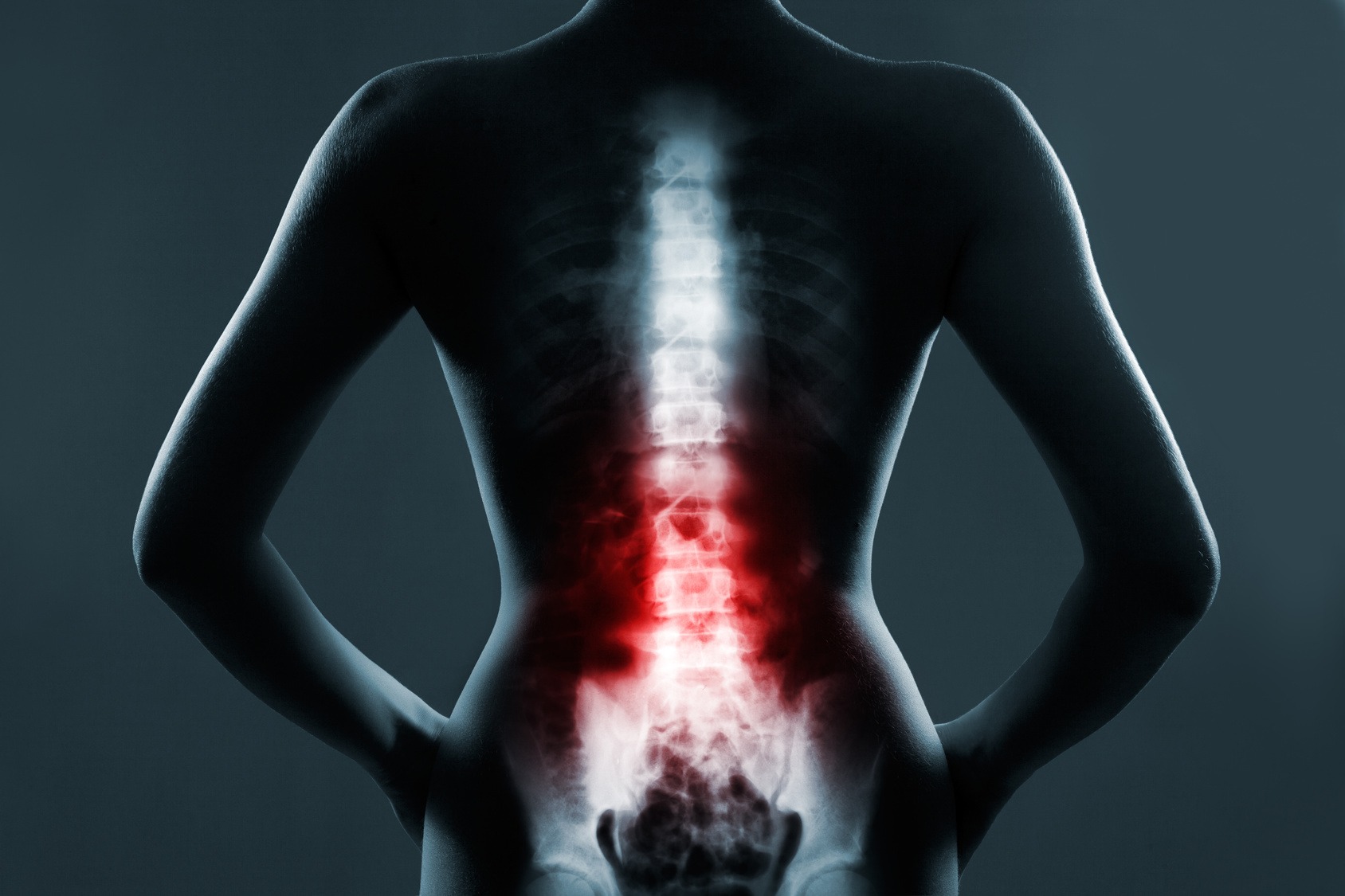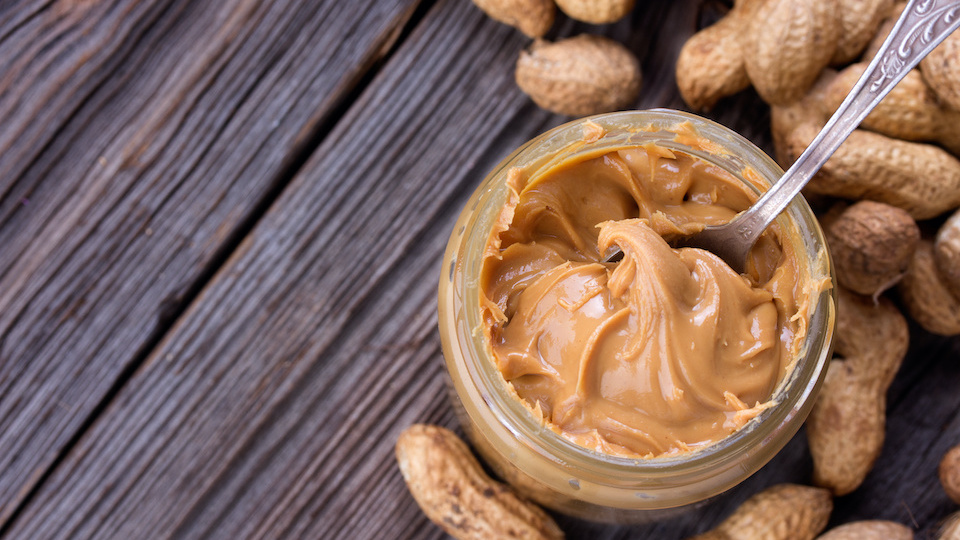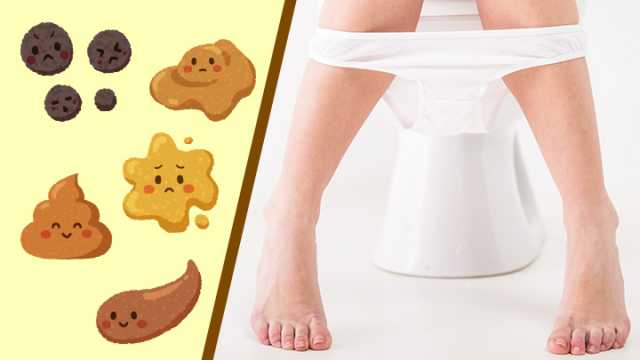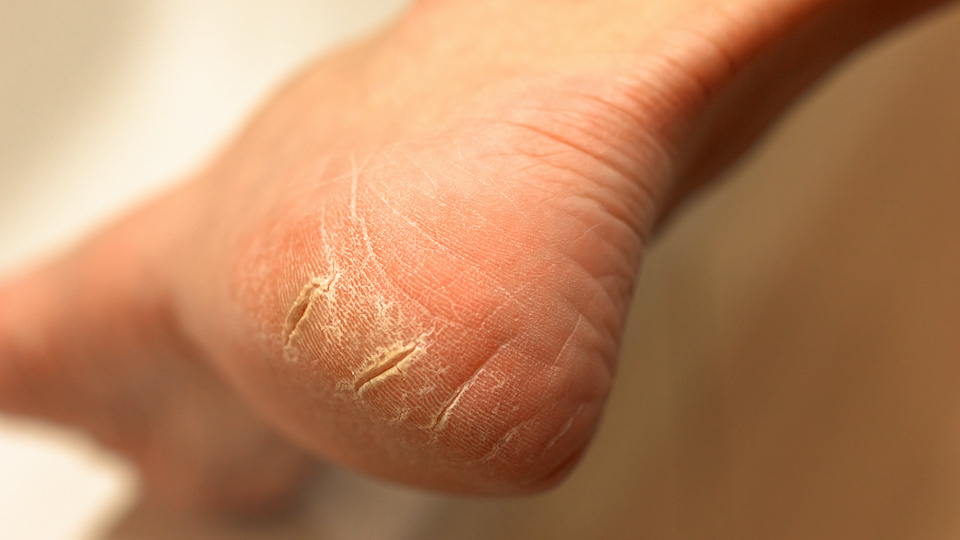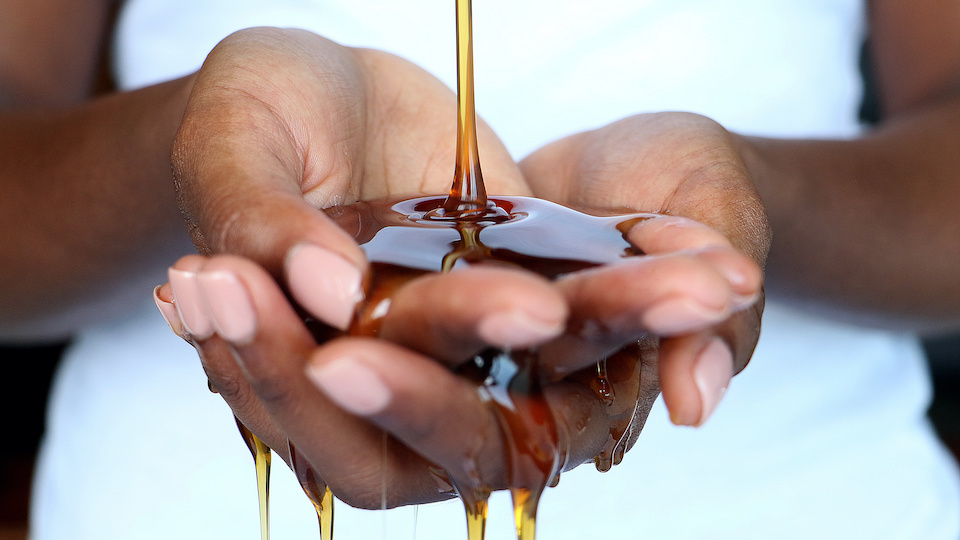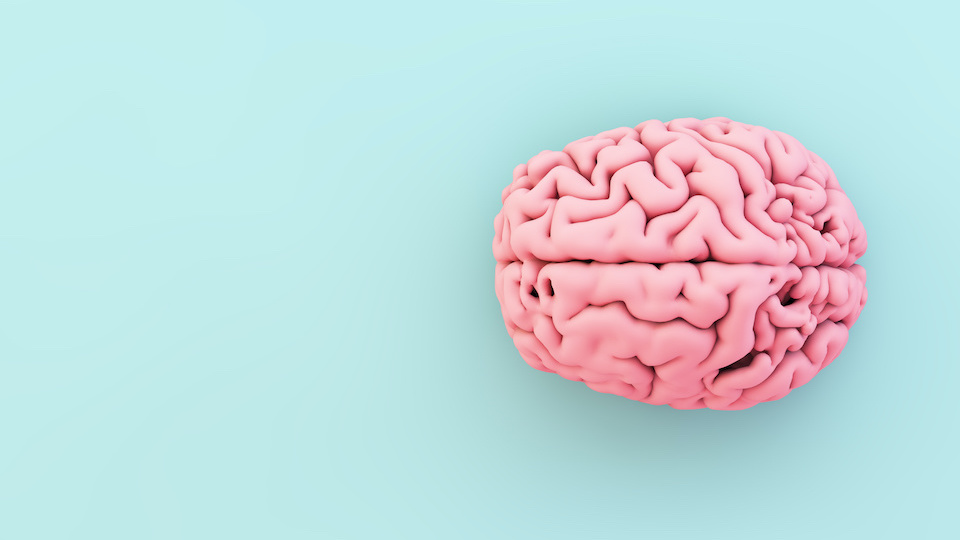When patients come into my office and say that their hips hurt… they’re usually wrong. That may sound odd, but when I ask people to point where their “hip” hurts, they often put their hand on their low back or at the top of their rear end. While that area may indeed be called the “hips” if you are shaking it in salsa dancing class or if you are trying on a new pair of jeans… it is actually not not at all the same thing as the hip joint in the anatomical sense of the word. What you are wiggling in dance class is the entire pelvis itself — the hip joint is much less sexy.
In anatomy and medicine, the hip is a “ball and socket” joint that attaches the femur (the thigh bone) to the pelvis. This joint is formed by the head of the femur (the ball) and the acetabulum, which is a cup-like socket within the bone of the pelvis. When pain is coming from the hip joint, it is most often experienced in the front of the pelvis, in what most people call the groin. True hip pain is often worse with the legs in a “figure 4” position.
Now you can understand why I often find myself telling my patients that their hip pain is actually a “pain in the butt.”
Because this sort of pain can be difficult to localize, it is important to understand the anatomy of the painful area and to get a careful examination to help determine the source. In the case of hip and buttocks pain, this exploration tends to focus on the joints within the lumbar spine, the sacroiliac joints at the back of the pelvis themselves, and all of the soft tissues, ligaments, muscles, and tendons that work together to stabilize the joints.
Over 100 million Americans suffer from chronic pain, and many of them will point to the lower back area, buttocks, and hips as the source of their misery.
In many cases of people with low back, hip, or pelvic pain, the pain is blamed on osteoarthritis (OA). OA is a very common condition in which the cartilage within a joint deteriorates, which creates a narrowing between bones. Although OA is indeed a very common condition, when it comes to pain, it probably gets more blame than it deserves.
It is critical to understand that arthritis does not always hurt. In fact, many people with severe arthritis visible on x-rays say that they feel quite good. Multiple studies have confirmed that what we see on x-rays and MRIs is a poor predictor of what the patient is actually experiencing. Some people have terrible pain with very little to see on an imaging test, while others have terrible-looking imaging and say that they feel surprisingly well. Although we should not ignore OA, it is important to look beyond it for other issues that make people hurt… and the most important place to look is in the soft tissues in the area.
When people have pain in the area of the low back, hips, and pelvis, there are four main factors that should be considered:
1) Connective tissue damage: Damage to bones, joints, cartilage, ligaments, tendons, or muscles can occur as the result of an acute injury or from chronic repetitive trauma over time. Either way, connective tissue damage is often the beginning… but certainly not the end of the pain story.
2) Inflammation: When any body tissue gets damaged, the immune system responds with an inflammatory response. Inflammation is a “double edged sword.” It is necessary for healing, but when it gets out of control, it can be a factor in chronic pain. Tendonitis and bursitis are common examples of pain that is the result of inflammation.
3) Muscle tension: A major cause of low back, hip, and butt pain includes tension the the deep muscles of the low back and the buttock, especially the piriformis muscle. When the piriformis gets tight, it can cause compression of the sciatic nerve, which presents as pain in the butt and down the leg. Effective treatment of muscle tension can do wonders for the pain.
4) Fibrosis: When a muscle is chronically irritated, inflamed, or inflexible, it becomes fibrotic. You can think of fibrosis as the same thing that causes a piece of meat to be really chewy or tough. It is the result of the deposition of scar tissue within the flesh of the muscle, which causes it to be tight, stiff, and sore.
Although every case of “pain in the butt” is unique, there are a few general guidelines that can be a great start for most people: Here is a basic low back, hip, and pelvis treatment plan overview. The following are four techniques for these areas of the body that can be highly effective for managing musculoskeletal pain. Talking to your health professional about which ones can be most effective for your type of pain can be highly beneficial.
1) Mobilization. This includes gentle movements that are exaggerations of movements done during everyday life. Two common examples are high step walking or walking lunges. Remember, movement is medicine, and for hip and pelvis pain, it’s a highly effective part of the plan. Gentle mobilizations help to warm up tissue and increase circulation.
2) Release techniques. Release techniques are a style of massage intended to release and soften trigger points, or scar tissue from injuries or chronic inflammation. Applying direct pressure (several cycles of 10-20 seconds on, 10-20 seconds off) to any trigger points you find in the back, butt, or upper thigh will produce a “hurts so good” kind of pain. You can use your hands, a foam roller, or a tennis ball to help you hit the hard to reach spots.
3) Stretching exercises. Simply stretching the muscles in your lower back, your glutes, and across your hip joint can help significantly. Starting a daily yoga practice that includes these 7 poses is a great way to start the day.
4) Strengthening exercises. The muscles of the low back, hips, and pelvis need to be strong in order to provide stability and shock absorption to the joints they support. If you do not already walk for 30-45 minutes per day… start there. If you already walk daily, then try adding a series of squats and lunges before or during your walk.
Do not forget to focus on eating an anti-inflammatory diet, and include herbs and spices (such as turmeric) liberally. Omega-3 oils from coldwater fish are also helpful, as are flavonoid-rich fruits and vegetables. The darker the pigment, the more flavonoid antioxidants and anti-inflammatory compounds they contain.
The combination of movement-based treatment and a nutritious anti-inflammatory diet can really do wonders for chronic pain of all types, including the pain in your butt.
– Dr. Joshua Levitt


